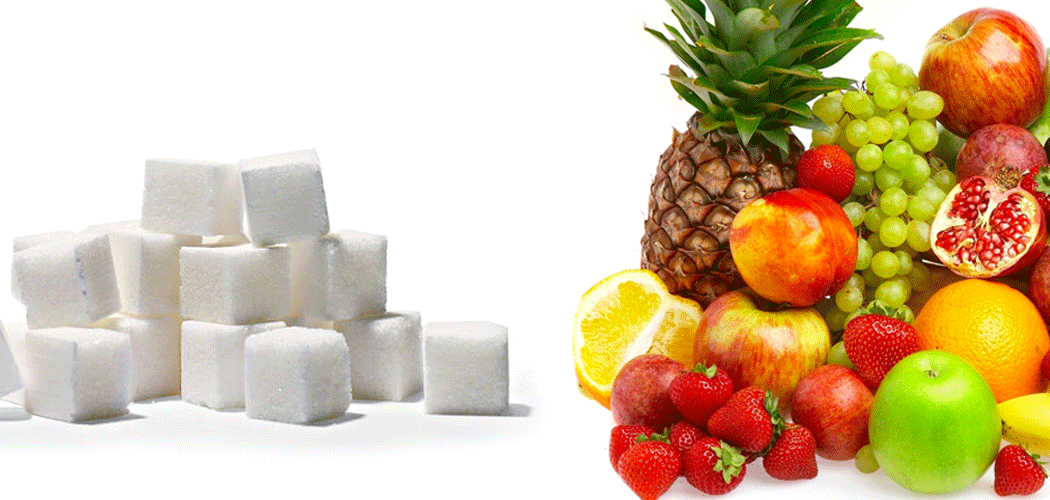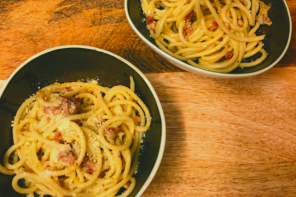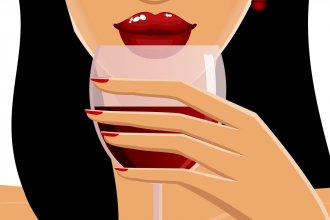Of all the beautiful and eloquent words that encapsulate the world of wine, the one we all really want to use is: complicated.
The plethora of terms, regions, varietals, techniques (continue ad nauseam) can ignite the passion of any aspiring connoisseur. Conversely, they can instill a harrowing fear of the unknown in the heart of the Average Joe who’s just looking to enjoy a glass of fermented grape juice.
One of the biggest challenges is expressing exactly what it is we like about our wines. Beyond the simplicity of “white vs. red,” there are an endless amount of classifications and categories. It’s one thing to read the back label of a bottle and decide whether the “stirring narrative” really moves us. But what about when we dine out? Having to describe wine (and our preferences) in public is no small task.
In all my experiences educating people about wine, serving it, studying it and drinking quite a bit of it, the most common snag I have come across is the sweet vs. fruit dichotomy.
I have been at many a table (as a sommelier and a diner) where guests request a “sweet” style of wine. All too often, the server or sommelier brings out a dessert white or a port. Ultimately, these wines are turned away for being too sweet.
After witnessing this time and time again, I came to realize that many wine drinkers confuse the words sweet and fruity. This is a mistake that makes sense, but a mistake nonetheless.
We naturally think of fruit as sweet. Therefore, a wine that exudes rich berry or tropical notes might be described as sweet. But for a wine to be sweet by professional standards, it must have residual sugars. Which means, sugar left intentionally in the juice during the winemaking process.
If what you prefer is a wine that has prominent and dominating fruit flavors but not that outward sugary sensation, you really want a wine that is fruit-forward.
Care to put your senses to the test? (Fair warning: I do not recommend performing this exercise during your next fine dining experience.)
Use one hand to close your nose while using the other to take a healthy sip of wine. If you don’t immediately get a sweet taste, your wine is likely a dry, fruit-forward wine. Sugar sensations are most often perceived at the front of the tongue while fruit notes are amplified by our sense of smell. Therefore, eliminating one should create a pronunciation of the other.
Let’s break it down further with sweetened and unsweetened tea. It all tastes like tea, but we know whether we want those packets of sugar added. How about lemonade? One could make a batch of freshly squeezed lemonade, and depending on the amount of sugar added, the result could be tart or sweet. In either instance, the lemonade is still, in fact, fruity, due to the fact that its primary ingredient is a fruit and all.
A less sophisticated example: take a moment to think about wine coolers. I’d say the line is drawn here for most: you either love them or hate them. If you’re a fan of a bottled Strawberry Daiquiri or Bahama Mama, you’re probably a sweet wine drinker. If you wish you could water them down with some tonic, you likely enjoy a fruit-forward wine. This would also be the answer for those who hold a certain disdain for these syrupy concoctions.
Of course, everybody’s sweetness threshold is different. We could argue over what levels of residual sugar constitute a “sweet” wine all day, but let’s save that for another day, wouldn’t ya say?








